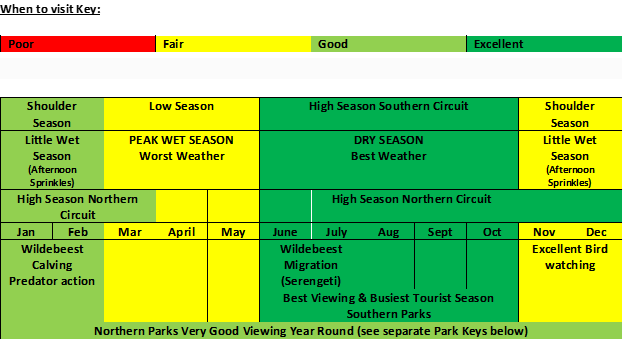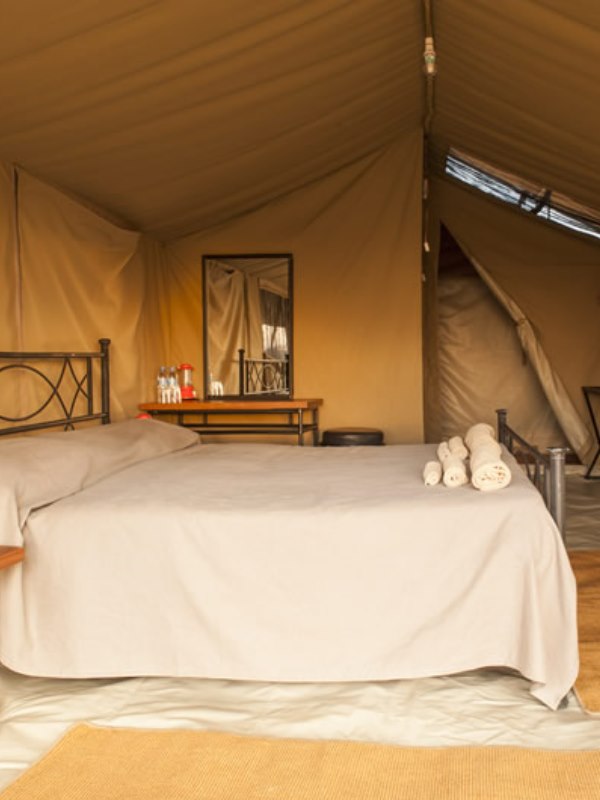Shorter safaris visit the parks that are nearer to Arusha, but those parks are not disappointing. Arusha National Park offers a surprising diversity of wildlife, and includes Mt. Meru. Tarangire is also within driving distance of Arusha for a day safari. Lake Manyara and Ngorongoro Crater take a little more time, so 2 or 3 days work for these areas.
1 Day (Arusha National Park, Tarangire)
2 Days (Tarangire, Ngorongoro Crater, Lake Manyara)
3 Days (Lake Manyara, Ngorongoro Crater, Tarangire)
Those wishing to visit the Serengeti should plan a safari of 4 or more days, as the driving time to Serengeti from Arusha is 9 hours, and shorter itineraries do not allow time to travel and view game. However, the Serengeti can be visited for 2 or 3 days if it is a fly-in safari.





.jpg)

